Articles
Time, Disaster, New Media: Your Name as a Mind-Game Film

By Tim Shao-Hung Teng
EXCERPT: To understand [Your Name’s] appeal to the mobilized audiences nationwide and beyond, this essay argues that it is necessary to treat the 11 March 2011 catastrophe as a major reference point. Doing so would mean to consider the film as a critical response to the catastrophe not only from the perspective of narrative, but also on the fundamental levels of temporality and media ontology. For enmeshed within the film’s complex narrative of disaster and redemption is a nexus of contradicting temporalities, which both the post-traumatic society and its intensified application of media technologies generate. To be more specific, Shinkai Makoto’s film exemplifies a particular trend in contemporary film production: a deployment of complex narratives against the parameters of what Thomas Elsaesser calls the mind-game film. READ NOW
Check out the open access tie-in blog feature by Tim Shao Hung-Teng, “The Politics and Pedagogy of East Asian Cinema”.
Brooklyn: Gendered Irish Migration to the United States

By Carolina Rocha
EXCERPT: Brooklyn establishes Eilis’s naiveté by contrasting her with one such woman: with her sophisticated hair-do, bright red lipstick, and red suit, Georgina (Eva Birthisle) embodies the successful Irish immigrant who has done well in the United States….their candid female exchange shows not only Georgina’s interest in Eilis’s thoughts and desires, but also the younger immigrant’s inability to articulate them. This silence read from a psychoanalytical perspective is suggestive of the Freudian pre-Oedipal stage, in which the subject identifies with the mother, who provides an illusory sense of unity. In Brooklyn, Eilis’s identification during the pre-Oedipal stage is with her “motherland” Ireland. READ NOW
The Political Dimension of Ekphrasis
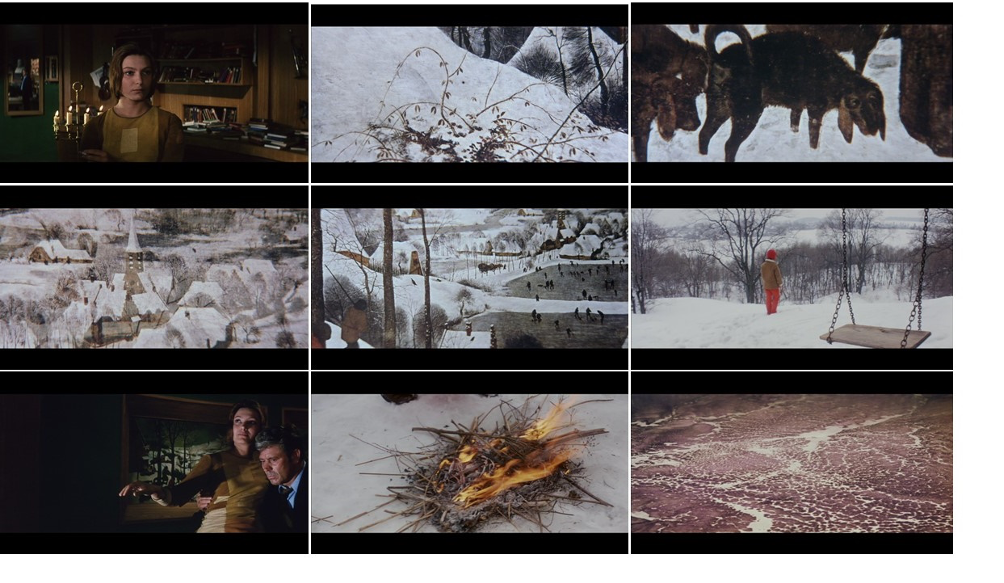
By Dan McFadden
EXCERPT: What the cinema makes visual as ekphrasis, then, is not the painting itself, but the possibility for that painting to enter into a new set of relationships, for its parts to surface anew in a different work and construct a different textuality qua its recontextualization. What is visualized in cinematic ekphrasis is not simply the image of the painting itself; it is how that painting situates itself in a larger world. Cinematic ekphrasis is a jarring collision between the sensibility of a painted world and a photographed world. READ NOW
‘Punching above Our Weight’: Industry Visibility and Community Engagement in Rural and Regional Film Festivals
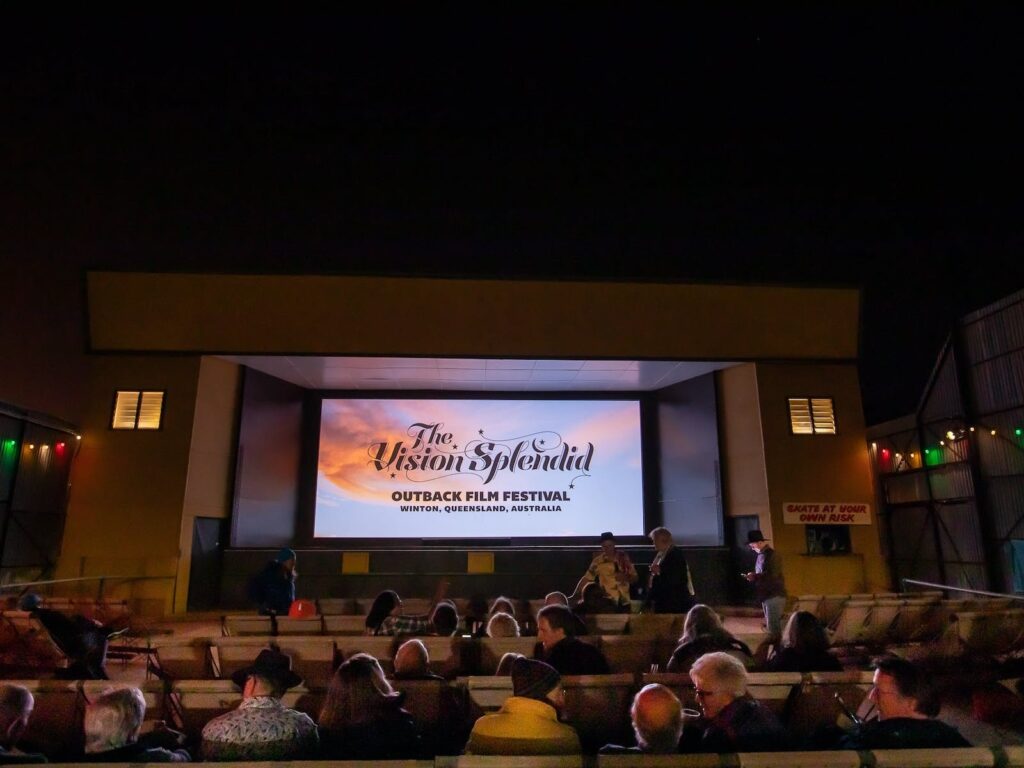
By Tess Van Hemert & Elizabeth Ellison
EXCERPT: While open-air cinemas have grown in popularity across Australia, including popular beach cinema and moonlight cinema events, the rural location of Winton does provide quite a spectacular, natural environment. The particular screening environment of the Royal Theatre demonstrates Aveyard’s (2011) argument that the locality of a cinema and its distinct characteristics shape the meaning and cinematic experience of the audience. The organisers strategically use the characteristics of the town and community to further add to the festival experience. READ NOW
‘Humanity Rising from the Depths of Brine’: An Oceanic Politics in Disney’s Moana (Open Access)

By Kevin Chew
EXCERPT: The upshot of these technical and fantastical dynamics is that the narrative and production of Moana imply an ecofeminist engagement with the Anthropocene; one which, to borrow Greta Gaard’s framework, ‘restores connections’ rather than ‘identifying with the Master side of the Master/slave dualism’. The strongly gendered dynamic of this restoration – one pursued by Moana in opposition to Maui’s hubris and her father’s isolationism – shifts the Disney trope of the princess figure reliant on male assistance towards an image of a heroine whose political power and ascendance proceeds from a rapport with her fantastically sentient natural environment. READ NOW
‘It’s Top Chef, Not a Personality Contest’: Grammars of Stereotype, Neoliberal Logics of Personhood, and the Performance of the Racialized Self in Top Chef: New York

This article was awarded First Prize in the 2022 Society for Cinema and Media Studies TV SIG Graduate Essay Contest
By Olivia Stowell
The grammar of stereotype Top Chef relies on to create its ‘fictional characters’ operates by directing the viewers toward the contestants’ cooking style, use of ingredients, and their bodies. Cooking style or technique becomes a way to understand the kind of ‘character’ any given contestant is. Although any contestant could presumably possess expertise in any kind of technique, contestants are often encouraged to cook ‘their’ food, suggesting that they must not only cook food that tastes good, but also successfully perform an ‘authentic’, often racialized identity via that food. READ NOW
Reviews
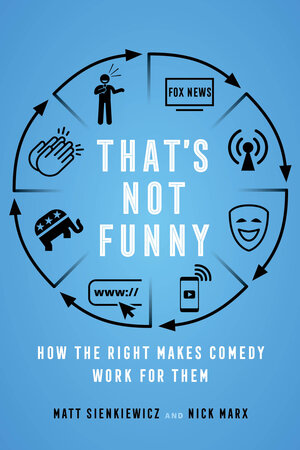
That’s Not Funny by Matt Sienkiewicz and Nick Marx
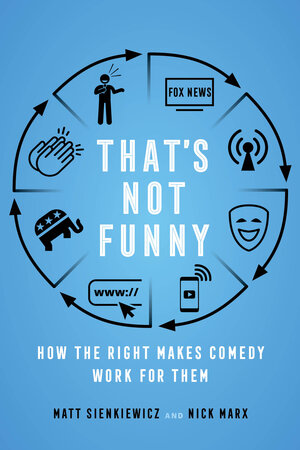
Reviewed by Stephanie Brown
Beneath the surface of the book’s astute and accessible examination of rightwing comedy is a deft, often Bourdieuan, meta-analysis of why right-wing comedy has been understudied and a gentle nudge to media scholars, and scholars more generally, to research outside of our taste. READ REVIEW HERE

The New Female Antihero by Sarah Hagelin and Gillian Silverman
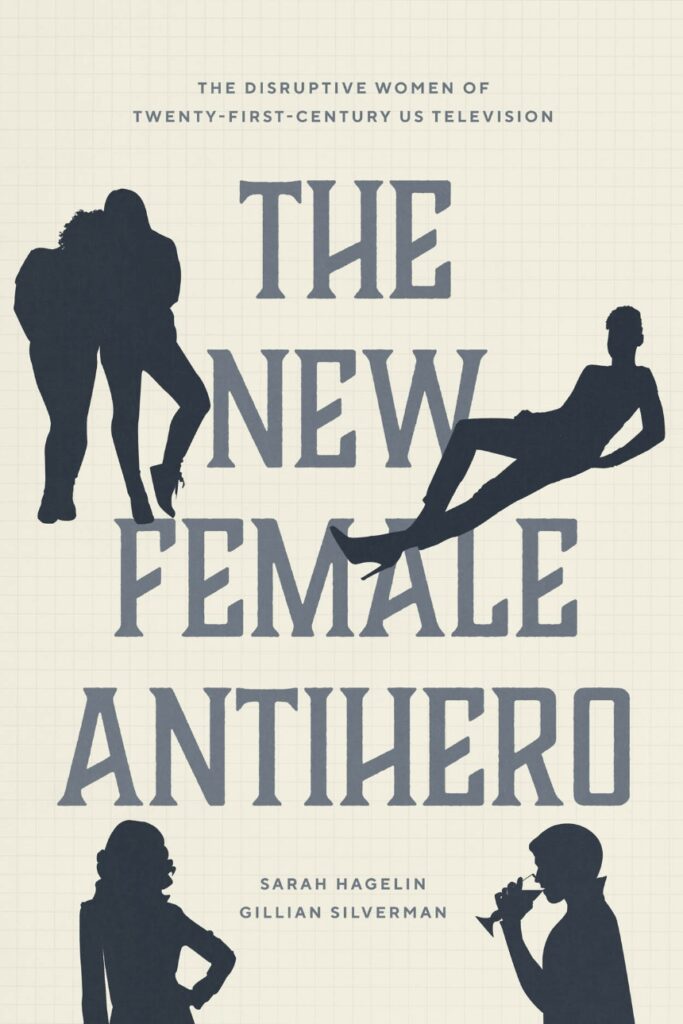
Reviewed by Arya Rani
EXCERPT: The ‘new female antihero’ is not merely a rule breaker, but rather threatens the neo-liberalist-patriarchal status quo by undermining feminine virtues and aspirations like marriage, maternity, monogamy and stable family setup, tenderness, empathy, and achievements and career progress. This is the it factor that differentiates contemporary antiheroes from their predecessors in the 70s, 80s, and 90s – the ‘punch and pathos’ in their character (×) – making them the ‘new’ female antiheroes. READ REVIEW HERE
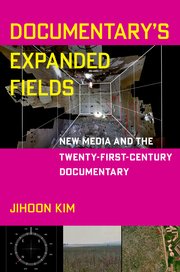
Documentary’s Expanded Fields by Jihoon Kim
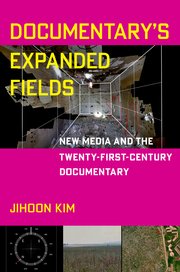
Reviewed by Ryan Watson
EXCERPT: …[B]y linking the work of Farocki and that produced during Covid to the idea that twenty-first-century documentary encompasses not just artists and filmmakers but has broadened to include everyone as potential maker of documentary images and media, within expanded definitions of what a documentary is and does. These emergent forms of documentary do not extinguish the documentary impulse of earlier generations; rather, the impulse continues to be strengthened and expanded by new technologies. READ REVIEW HERE
